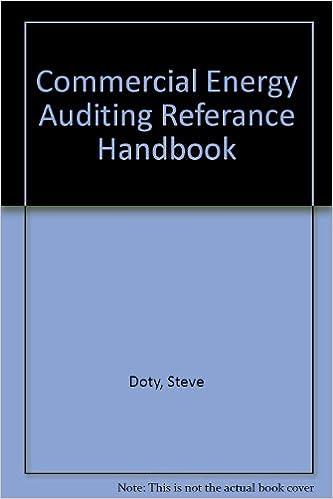Question
True/False question: 1.To be valid, a trust must have a trustor, a trustee, at least one beneficiary, and a lawful trust purpose. 2. An easement
True/False question:
1.To be valid, a trust must have a trustor, a trustee, at least one beneficiary, and a lawful trust purpose.
2. An easement is only a right in the land of another. It is not a right that runs with the land that is benefited.
3. A quitclaim deed includes a warranty that the transferor owns the owns the real property being transferred.
4. Fixtures are considered to be part of the real property on which they are located.
5. A license is different from an easement in that it is a personal, revocable privilege to do something on the land of another.
6. Personal property that has become a fixture is still classified as personal property.
7. Real property includes land, buildings, goods, fixtures, and rights in the land of another.
8 .Liens on real property may be created voluntarily by the owner of the property or involuntarily against the wishes of the owner of the property.
9. Under the common law, all parties entering on real property were owed the same duty of care.
10. Under the concept of eminent domain, the government may take property from a private landholder for public use but the private property owner need not be compensated for the taking.
Step by Step Solution
There are 3 Steps involved in it
Step: 1

Get Instant Access to Expert-Tailored Solutions
See step-by-step solutions with expert insights and AI powered tools for academic success
Step: 2

Step: 3

Ace Your Homework with AI
Get the answers you need in no time with our AI-driven, step-by-step assistance
Get Started


